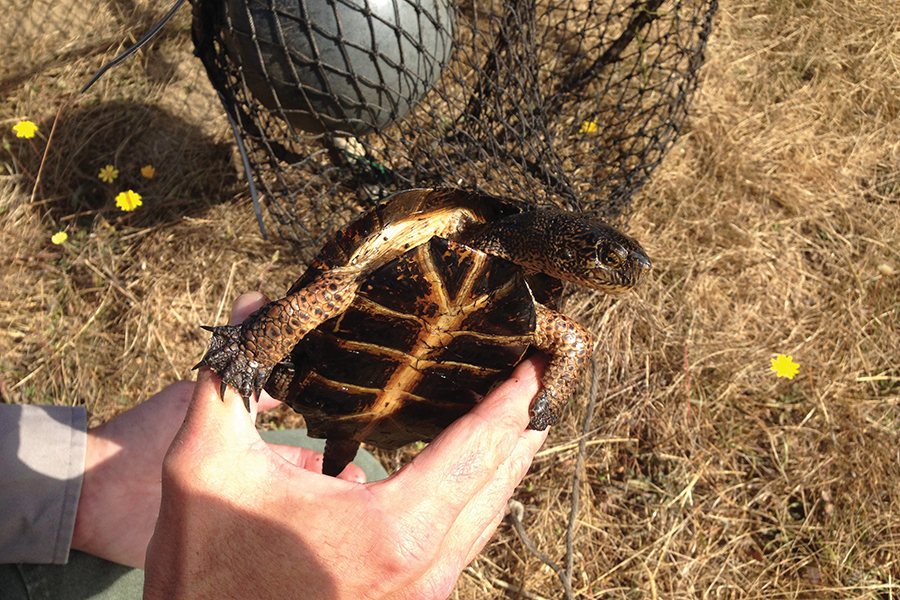Seashore biotechnician Tim Bernot pulled out a telemetry receiver on a recent Thursday morning, listening to the metronome-like clicks as he drove a . . .
Scientists hope to restore Marin’s pond turtle population


Seashore biotechnician Tim Bernot pulled out a telemetry receiver on a recent Thursday morning, listening to the metronome-like clicks as he drove a . . .